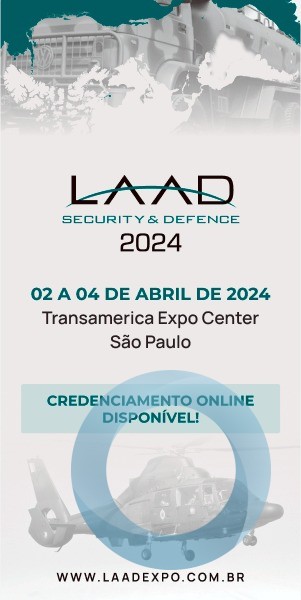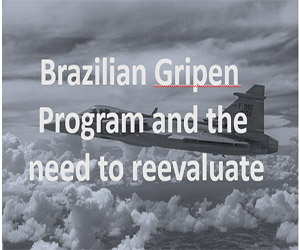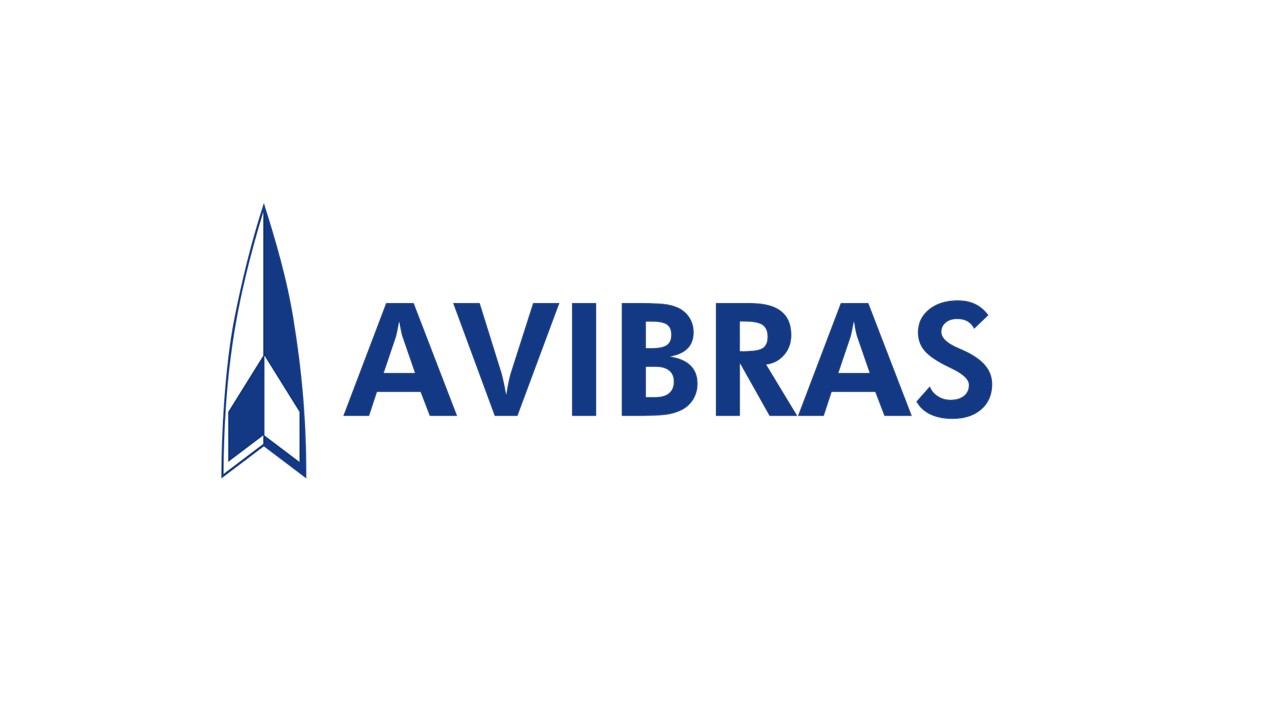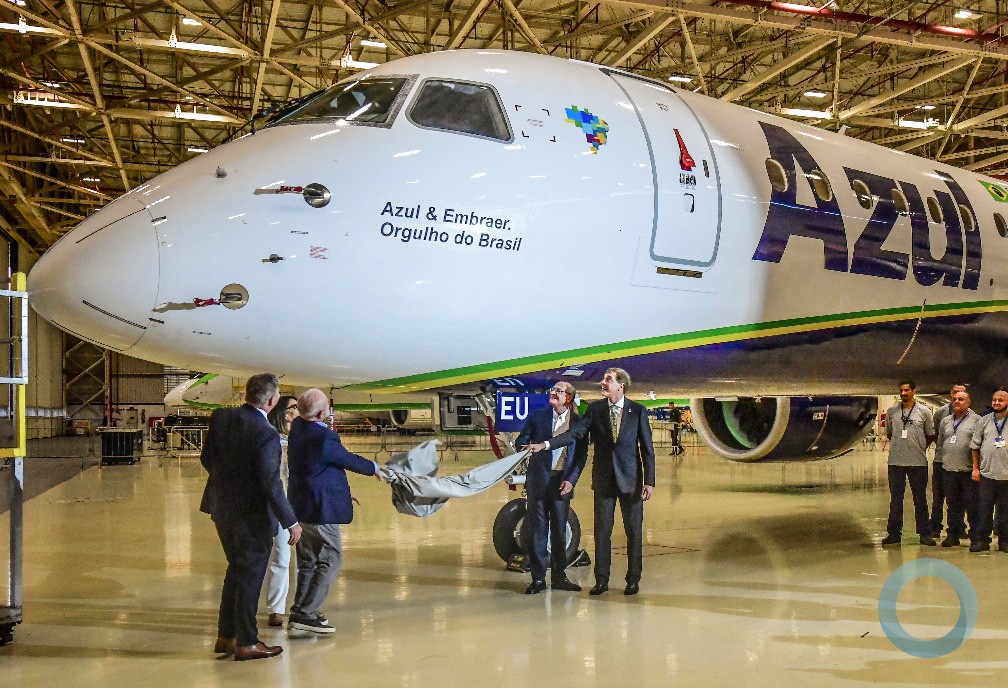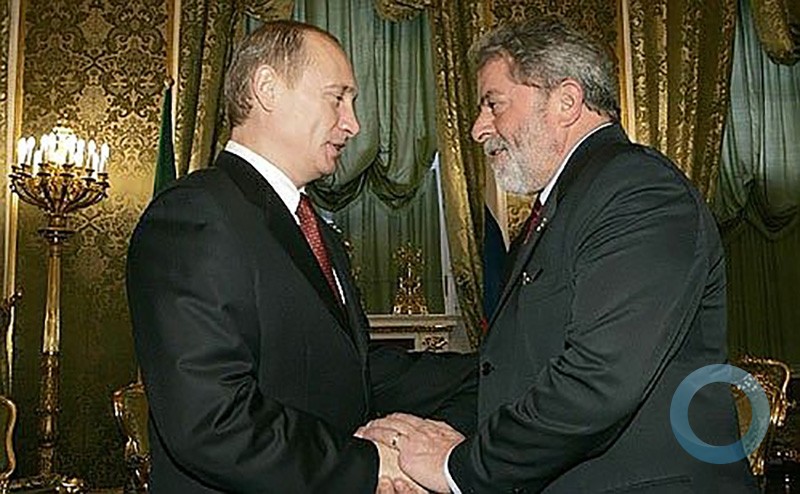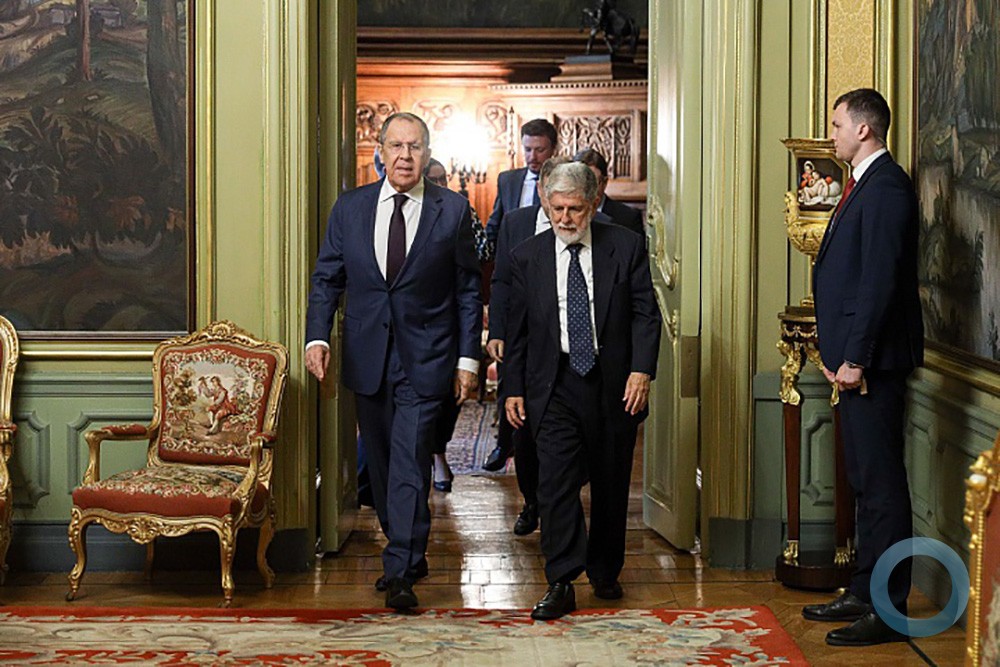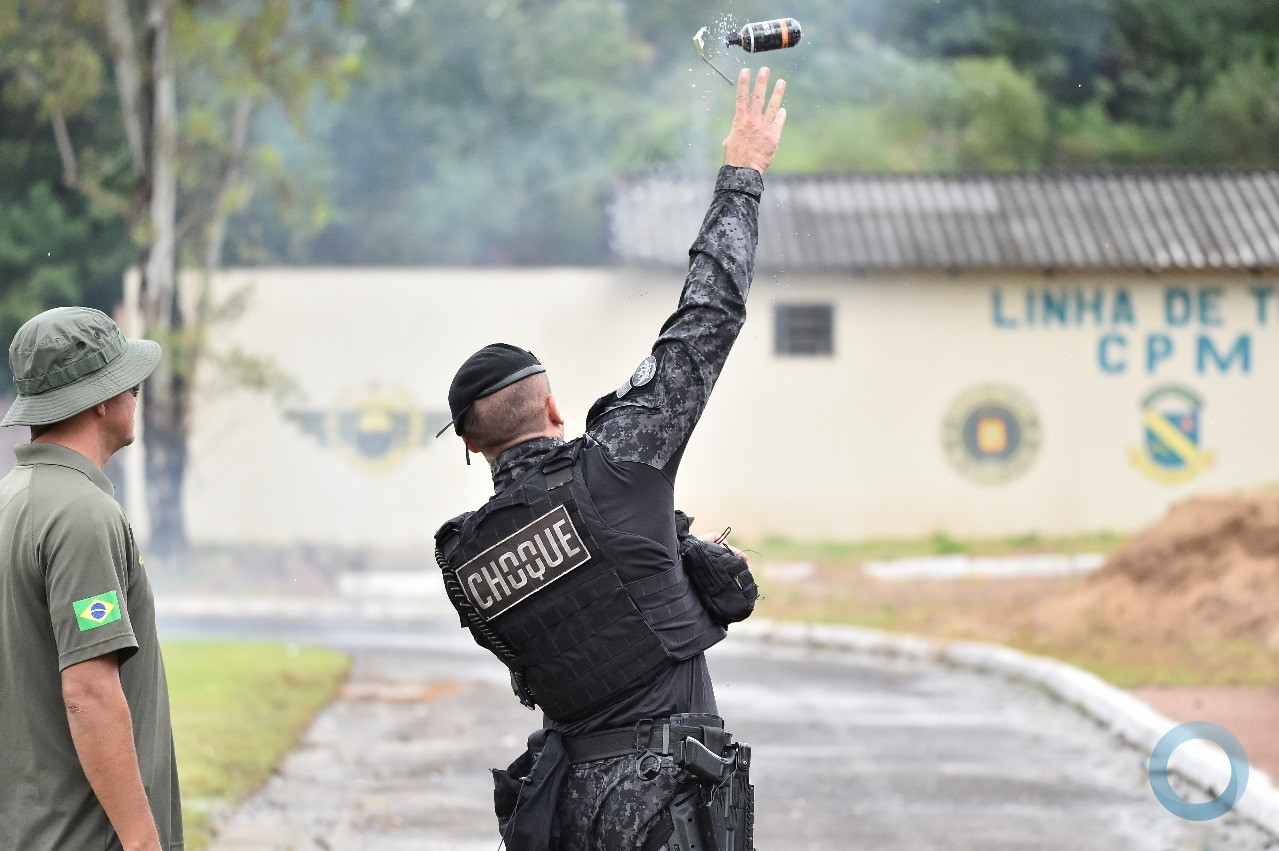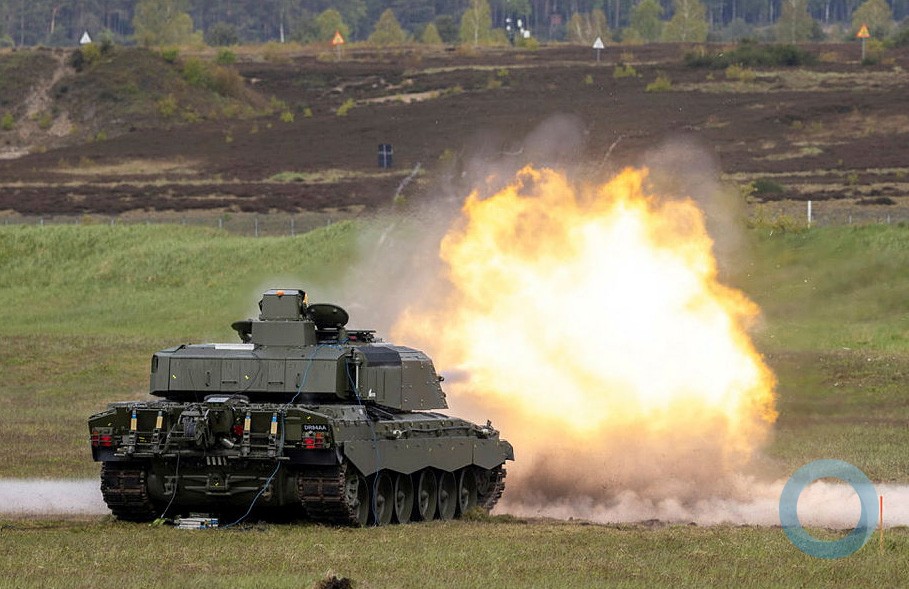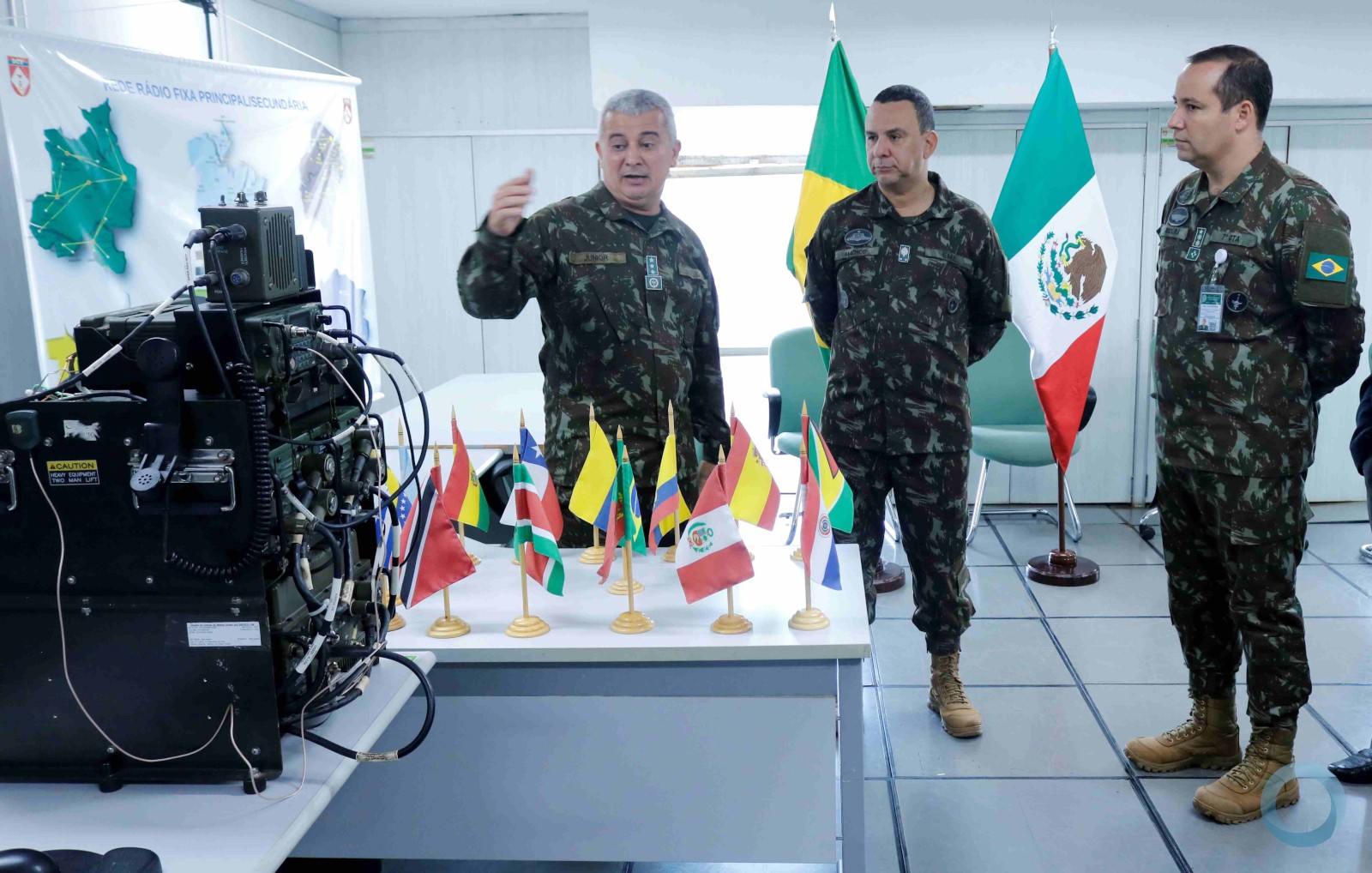Patrícia Comunello
The Armies of Brazil and Colombia are expanding their bilateral actions to boost surveillance and information sharing in the fight against transnational crime. Initiatives include deploying more Military platoons along the border, holding language classes to improve communication, and sharing information systems, technology, fuel, and airstrips. The nations' research institutions also plan to work together to explore the impact of the illegal exploitation of natural resources, such as minerals and timber, an important source of financing for drug traffickers.
“Our enemies adapt from day to day,” said Major General Francisco Javier Cruz Ricci, Commander of the Colombian Army's Sixth Division, during Operation Traíra, where he spoke during a meeting in Tabatinga, Brazil. During Operation Traíra, which was held from April 4th-8th, Army Troops from Brazil, Colombia, and Peru brought together “intelligence, technology, and trust between the Armies,” added Maj. Gen. Cruz, whose Sixth Division is headquartered in Florencia, the department capital of Caquetá.
“This war along the border requires us to unite the entire Amazon region, this is Pan-Amazonian,” explained Army General Guilherme Cals Theophilo Gaspar de Oliveira, Commander of the Brazilian Army (EB) Logistics Command (COLOG), who participated in Operation Traíra before ending his term as head of the Amazon Military Command (CMA) on April 15th.
The EB also plans to expand its security operations with Bolivia, which sent observers from the Air Force, Army, and Navy to attend two days of Operation Traíra (April 6th and 7th) in the region of Cruzeiro do Sul, in Acre. Lieutenant Colonel William Camacho Martins, the representative from the Sixth Naval District headquartered in Cobija in the Bolivian state of Pando, said that the group of Bolivian observers learned how the EB uses its police powers and how it structures its fight against crime.
“We are interested in bringing this experience back to our country and creating statutes to make the border actions more effective," he stated, adding Bolivia is looking to replicate the EB model of deploying border platoons. “Bolivia’s Amazon region is a corridor for drugs from Peru to enter into Brazil, so we need to take action together.”
Colombia also is counting on fellow nations known for producing cocaine to make a collective effort to reduce the cultivation of the narcotic's key ingredient, coca, in addition to eradicating illegal crops and laboratories. During the first three months of 2016, Colombia's Sixth Division destroyed 320 cocaine laboratories and nine others that produced heroin, in addition to seizing four tons of cocaine that were "ready for export," Maj. Gen. Cruz said.
Joint efforts
Expanding initiatives on the heels of joint Military operations like São Joaquim, Anostomus and Traíra , is supported by Decree 8698 dated March 28, 2016 that promotes the Memorandum of Understanding executed by the governments of Brazil, Colombia, and Peru to combat crime along the trio's shared borders and rivers.
Gen. Theophilo explained that the agreement allows for an increase in coordinated joint actions, adding the increase was brought up at a hearing of the Brazilian Union Accountability Court on the Strategic Border Plan (PEF) released in 2015. It detected vulnerable points in protection and security along the 16,886 kilometers of border from southern to northern Brazil. The hearing revealed the region needed more security resources, such as aircraft, interoperational communications systems, and drug-sniffing dogs.
“The conclusions underscore the vulnerabilities of this area," the court determined. "On top of the environmental conditions, [it's] ideal for trafficking drugs and weapons."
Gen. Theophilo added: “The documents show that there has been almost no security north of Mato Grosso. Security in that area is increasingly thin, and what does exist are the EB’s Special Border Platoons."
The hearing recognized the importance of the Integrated Border Monitoring System (SISFRON) , one of the Army’s strategic projects. The surveillance system uses remote sensors, drones, fixed-wing plants, and radar. “We will equip our PEFs with the technology to better carry the fight,” Gen. Theophilo explained.
The acquisition of a fixed-wing aircraft by the Army 4th Air Battalion, located in Manaus, is a priority, Gen. Theophilo said. Prior to Operation Traíra, he went to Chile to learn about different models at the 19th International Air and Space Fair (FIDAE). The Logistics Command will carry out studies to determine what model aircraft Brazil will pursue.
Gen. Theophilo highlighted the importance of the Amazon Regional Connection Program, which will provide 7,800 kilometers of fiber optic cable to connect 52 municipalities along the banks of the Negro, Madeira, Solimões, Purus, and Juruá rivers in Amazonas. This information highway – installed underwater – already connects the municipalities of Coari and Tefé. Gen. Theophilo said the cables would reach Tabatinga by December, transforming it into a decisive resource for cooperation with Colombia, as it will improve the digital communication infrastructure.
Environmental research
Pró-Amazônia, a government program under which CMA takes scientists to the Amazon to conduct research, is the result of agreements with research centers throughout Brazil. Researchers from the National Amazon Region Research Institute (INPA) and the Federal University of Rio de Janeiro (UFRJ) were among the observers for Operation Traíra. Brazilian and Colombian service members and researchers from INPA and UFRJ met to exchange information with members of the Amazon Scientific Research Institute and the National University of Colombia, which both have branches in the Colombian city of Leticia.
Major General Antônio Manoel de Barros, who heads the CMA Operations Center, said that their close relationship with research centers allows them to deepen their knowledge of the natural resources in the Amazon region, including how minerals are extracted and how the activities perpetrated by illegal groups can compromise future reserves. Colombia and Brazil, for instance, are concerned by the use of mercury in extracting gold deposits, as it contaminates rivers, plants, flora, and fauna, and can also negatively impact humans.
Researcher João Paulo Machado Torres, from the UFRJ Biophysics Institute, collected soil samples and will analyze them in a laboratory to determine whether they show evidence of heavy metals or micropollutants. “The problem in the Amazon region is the introduction of mercury, either naturally or through prospecting, because it is methylated to molecules in riverine ecosystems, amplifying the cycle of damage to the environment. This biogeochemical process transforms the mercury molecule, which is already toxic, into a molecule that is up to one thousand times more toxic and dangerous.”
Focus on interoperability
Since interoperability is a decisive factor in sharing information between Colombia and Brazil, Colombia is in the process of adopting the EB's radio communications protocols, meaning a pilot in a Colombian plane could converse with one from Brazil during an operation or routine surveillance. “We currently have the same system enabled for 70 percent of our units,” Maj. Gen. Cruz explained. “By the end of the year, all [Military organizations in the division] will be enabled as well. That will be wonderful, because the technology will help us share information and provide more opportunities for Troop actions and better results.”
Maj. Gen. Cruz attended a meeting in the Brazilian capital of Brasília to learn more about the integrated border monitoring system, which began testing in 2015 in an area under the Western Military Command in the state of Mato Grosso. “The plan is for us to use the same model so it will be possible for it to work with the same doctrine and equipment,” Maj. Gen. Cruz added. “Each side will have its own security structure to integrate the region’s forces fully. We are already in talks to do so. We are going to use technology. Where we do not have Soldiers we will have satellites or drones.”
The creation of more border Platoons along the territorial lines with Brazil is one of the measures planned for improving law enforcement actions. Currently, four units are positioned in the Army Sixth Division’s area of responsibility. However, the reinforcements will be part of the Colombian Army’s Modernization Program, with goals laid out for 2018, 2022, and 2030. “We intend to conform the Army to protect the border, with a greater number of check points to prevent criminal elements from crossing the border as much as possible," Maj. Gen. Cruz said.
Innovative joint operations
The provision of aircraft, which must have a large fuel tank since it will be required to fly long distances, is another innovative support measure between Brazil and Colombia. The nations also intend to create regulations to allow Colombian helicopters to land at Brazilian airfields for refueling, and for Colombia to extend the same courtesy to the EB. “The idea is for the border area to be like one land,” Maj. Gen. Cruz stated.
Additionally, Sixth Division Army officers will be required to become fluent in Portuguese so they can participate in actions along the border. Ten to 20 officers will complete language training this year, with the long-term goal for up to 60 percent of the division's Military graduates being able to speak Portuguese.
“An officer deployed to an action in cities like Leticia will have received training beforehand,” Maj. Gen. Cruz said, adding he wanted an EB intelligence officer stationed at his staff office in Florencia, where Peru has a Military attaché. “This will facilitate direct communications between our service members and Brazilian units, especially in emergencies. It is vital to future actions.”















